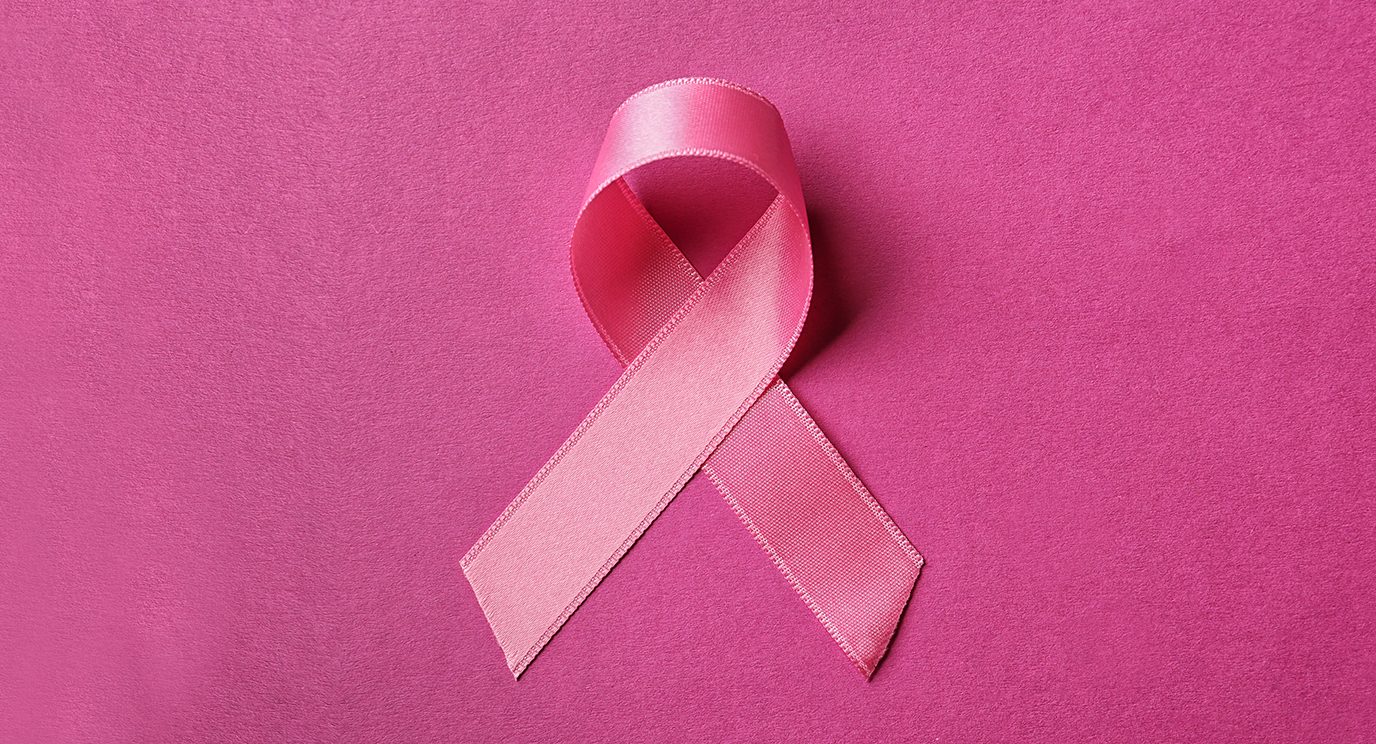Breast Cancer
One in every eight women gets Breast Cancer during her life. Breast cancer is more deadly in women than all other types of cancers combined. The reasons for this high volume of breast cancer in women are yet unknown, but several risk factors are involved. Risks that you cannot change include:
• Age – the chance of getting breast cancer rises as a woman’s age gets higher
• Genes – there are two genes, BRCA1 and BRCA2, that greatly increase the risk. Women with family members with breast or ovarian cancer are more at risk. Taking a test is advised for them.
• Personal factors – beginning periods before age 12 or going through menopause after age 55
Other risks include being overweight, using hormone replacement therapy (also called menopausal hormone therapy), taking birth control pills, drinking alcohol, not having children or having your first child after age 35, or having dense breasts.

Symptoms of breast cancer may include a lump in the breast, a change in the size or shape of the breast, or discharge from a nipple. Breast self-exam and mammography can help find breast cancer early when it is most treatable. Treatment may consist of radiation, lumpectomy, mastectomy, chemotherapy, and hormone therapy.
Men can have breast cancer, too, but the number of cases is small.
Breast cancer is cancer that develops from breast tissue. Signs of breast cancer may include a lump in the breast, a change in breast shape, dimpling of the skin, fluid coming from the nipple, or a red scaly patch of skin. In those with a distant spread of the disease, there may be bone pain, swollen lymph nodes, shortness of breath, or yellow skin.
Risk factors for developing breast cancer include being female, obesity, lack of physical exercise, drinking alcohol, hormone replacement therapy during menopause, ionizing radiation, early age at first menstruation, having children late or not at all, older age, and family history. About 5–10% of cases are due to genes inherited from a person’s parents, including BRCA1 and BRCA2. Breast cancer most commonly develops in cells from the lining of milk ducts and the lobules that supply the ducts with milk. Cancers developing from the ducts are known as ductal carcinomas, while those originating from lobules are known as lobular carcinomas. In addition, there are more than 18 other subtypes of breast cancer. Some cancers, such as ductal carcinoma in situ, develop from pre-invasive lesions. A breast cancer diagnosis is confirmed by a biopsy of the lump. Once the diagnosis is made, further tests are done to determine if cancer has spread beyond the breast and which treatments it may respond to.
